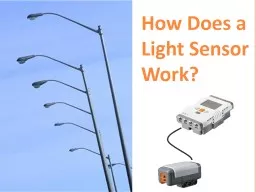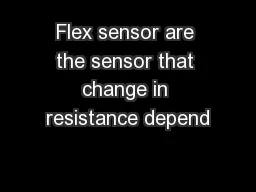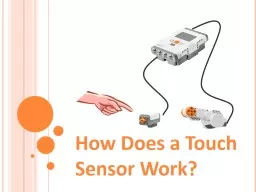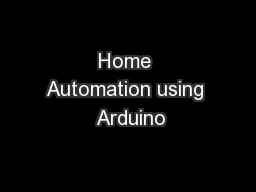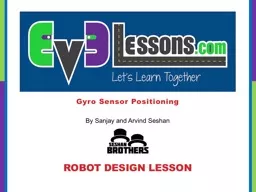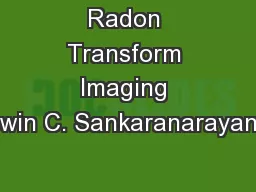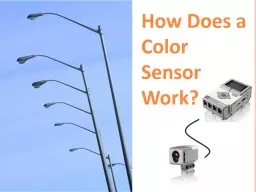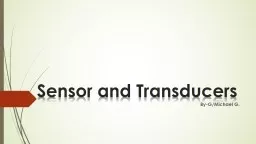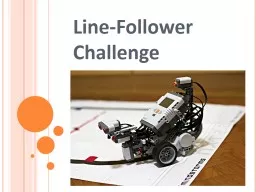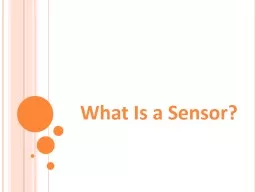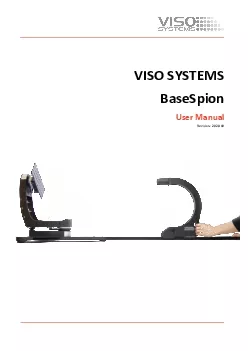PPT-How Does a Light Sensor Work?
Author : calandra-battersby | Published Date : 2017-10-05
How do humans sense light Provide an example stimulussensorcoordinatoreffectorresponse framework using the human light sensor Give some examples of light sensors
Presentation Embed Code
Download Presentation
Download Presentation The PPT/PDF document "How Does a Light Sensor Work?" is the property of its rightful owner. Permission is granted to download and print the materials on this website for personal, non-commercial use only, and to display it on your personal computer provided you do not modify the materials and that you retain all copyright notices contained in the materials. By downloading content from our website, you accept the terms of this agreement.
How Does a Light Sensor Work?: Transcript
Download Rules Of Document
"How Does a Light Sensor Work?"The content belongs to its owner. You may download and print it for personal use, without modification, and keep all copyright notices. By downloading, you agree to these terms.
Related Documents

